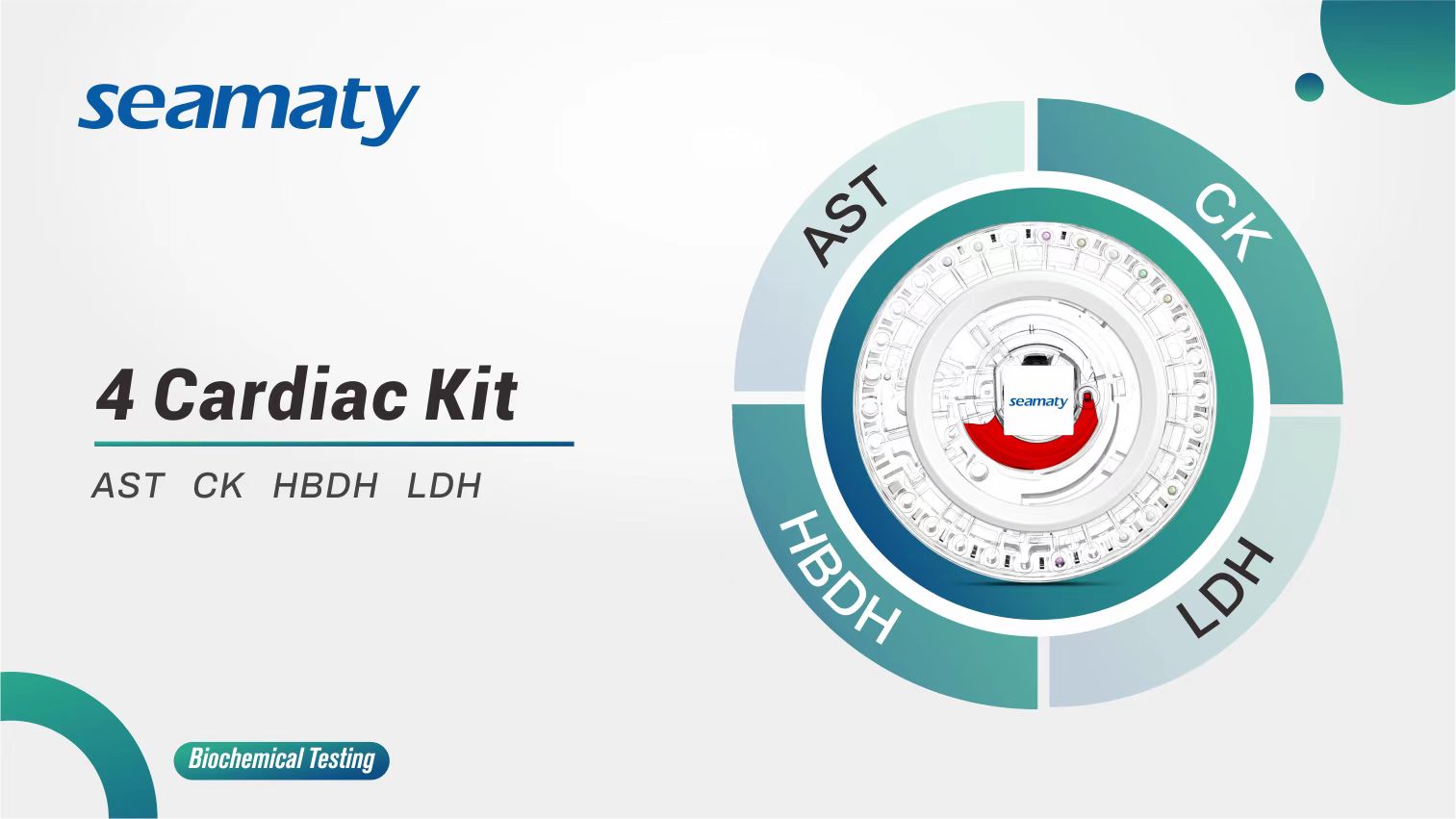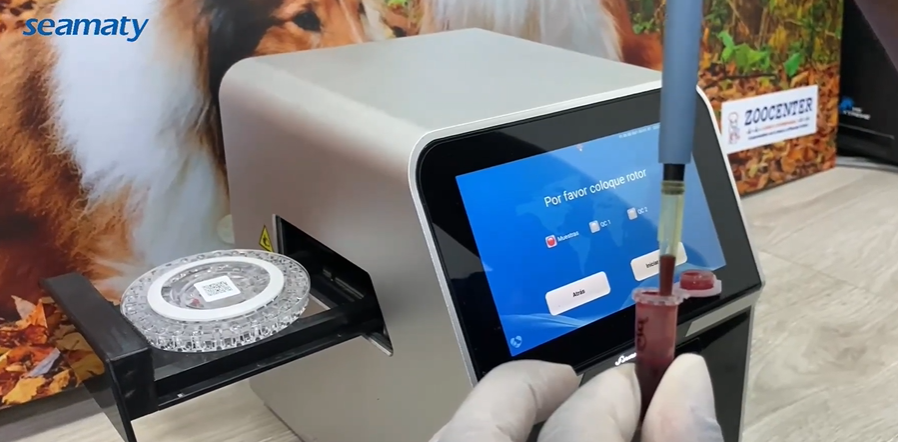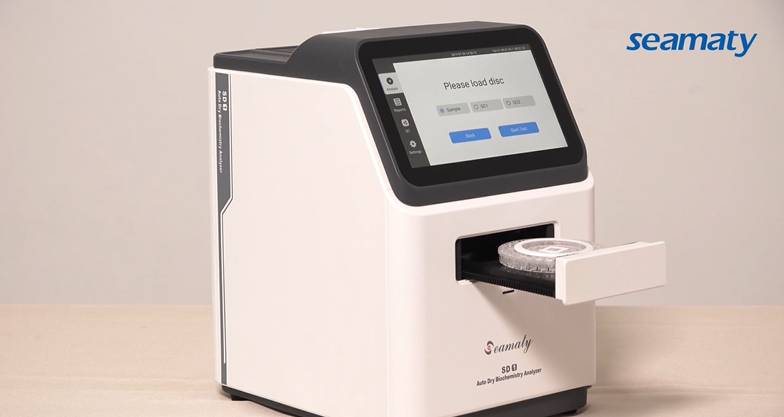Dry Chemistry Technology
Dry chemistry analysis technique is relative to wet chemistry technique. The principle of dry chemical analysis is to add the liquid test sample directly to the dry reagent strip. The liquid of the sample under test is used as a solvent to cause a specific chemical reaction. Thus, chemical analysis is performed. Dry chemical analysis is an analytical method based on enzymatic methods.
Advantages of dry chemistry analyzer
-
1. High accuracy and speed.
-
2. easy to operate and does not require daily calibration
-
3. no need to store any other reagents or prepare any solutions.
-
4. no pretreatment of specimens is required. Multi-layer membrane with selective filtration function, thus reducing the influence of interfering substances during the determination process.
-
5. small amount of specimen. The water for the reaction is supplied by the liquid component of the specimen, thus increasing the sensitivity of the assay.
Dry chemical analysis can be used not only for qualitative examination, but now it has also developed into a semi-quantitative and quantitative analytical method. Dry chemical analysis has become an important method in clinical testing. Dry chemical methods have made great progress in the qualitative examination of urine. Some test strips can now measure multiple items at the same time. For example, urine protein, urine sugar, occult blood, bilirubin, urobilinogen, ketone body, specific gravity, nitrite, bacteriuria, etc.
If only one blood specimen is done at the same time (with the same items), the dry chemistry analyzer is faster than the wet chemistry analyzer. However, most dry chemistry analyzer reagent tablets are disposable and cost more.
Dry chemistry analyzers or wet chemistry analyzers used in medical diagnostics have their own advantages. Wet chemistry analyzers are suitable for large hospitals. Wet chemistry analyzers allow simultaneous testing of a large number of blood samples.
Dry chemistry analyzers are more suitable for smaller hospitals or clinics, or emergency clinics. This is because the dry chemistry analyzer can test a smaller number of samples at one time. But it can test faster.


